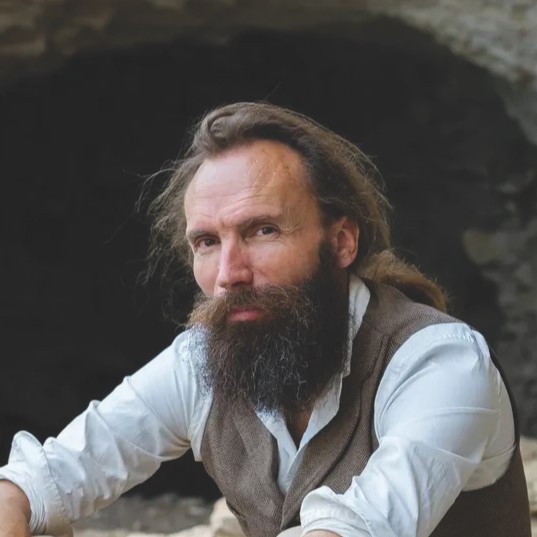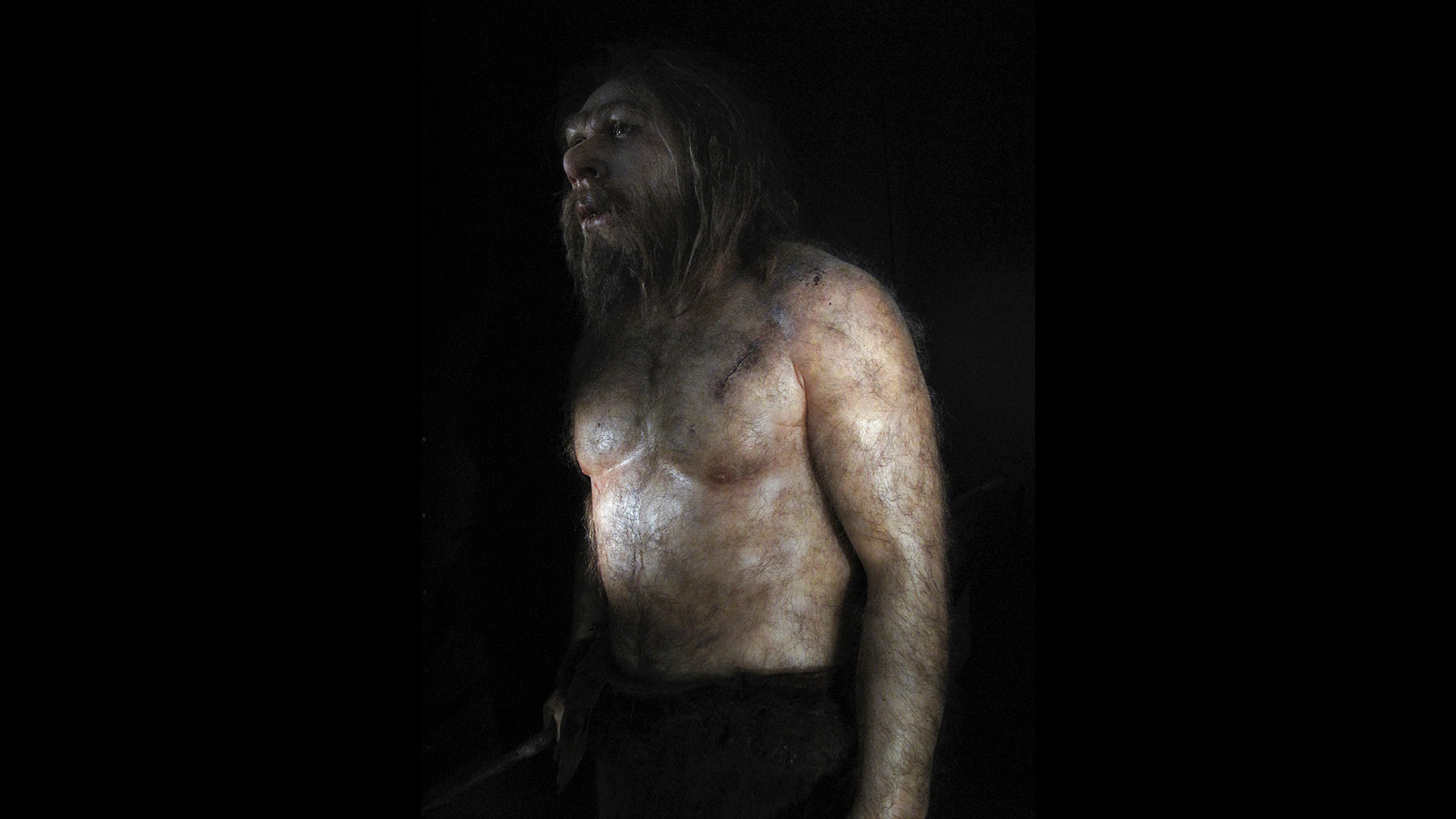'It haunts all our imaginations': Were Neanderthals really like us?
"The Neanderthal is not a brother or a cousin. It is an object of study. The Neanderthal can't in any case be compared with anything that is familiar to us in a world where difference, alterity and classification have become more than ever taboo subjects."

In this excerpt from "The Naked Neanderthal: A New Understanding of the Human Creature" (Pegasus Books, 2023), by Ludovic Slimak, the author examines how we view our ancient extinct relative, the Neanderthal — and whether considering the species in terms of our understanding of humanity is a case of pathetic fallacy.
A hidden but nonetheless fierce war is being waged in the research community. On one side, those who think the Neanderthal is another us. On the other, those who think it is an archaic form of humanity, with vastly inferior intellectual capabilities. A subhuman, a quasi-human, or any other adverb that we can place before or after "human" that is generally unflattering, except in a Marvel comic.
It is not so much a war of ideas as a war of ideologies, in which neither camp can advance without getting more and more bogged down in the mud — and I am not talking about the mud of the caves, unfortunately.
So, was the Neanderthal a human somewhere between nature and culture, or a gentleman of the caves? In this battle of competing perspectives, the portrait that we can draw today is either too clear, too obvious, too simplified and too neat to be taken seriously, or else remarkably confusing.
Read our Q&A Ludovic Slimak: Mating between Neanderthals and modern humans may have been a product of failed alliances
As we have pieced it together from the flesh of different corpses, the creature itself has managed to escape us. Not as a real historical or scientific entity but as an egregore possessing its own life. It haunts all our imaginations, including those of researchers who are not incapable of imaginative thought.
So in the last few years, in the wake of archaeological discoveries, the Neanderthal has been portrayed wearing necklaces of shells and eagle claws, playing the flute, painting cave walls, inventing technology, as an armed warrior, king of the North, a vanguard of our biological ancestors, who were still confined in their cosy Asian and African territories.
Get the world’s most fascinating discoveries delivered straight to your inbox.
The artist Neanderthal is set against its equally powerful opposite number, the pre-human of the woods, the troll of the ancient world. A creature of stone and moss. Two anecdotes spring to mind. In 2006, when I was doing my postdoctoral research at Stanford University, a reputable professor of anthropology gave a lecture on the Neanderthals.
His talk related the cognitive capacity of Neanderthals to the characteristics of their archaic anatomy. Showing a slide of a Neanderthal skull, he commented: "I don't know about you, but if I got on a plane and saw that the pilot had a head like that, I'd get off again." Laughter all round, a well-timed joke to catch the attention of the audience.
But all jokes reveal an underlying thought, and this was not an insignificant thought. Let me put this another way.
Related: Did art exist before modern humans? New discoveries raise big questions.
A few years later, in Russia, I had a conversation with a leading light of the Academy of Sciences who never stopped telling me, "They are different." I prompted my companion to expand on this concept of difference. The discussion went on into the small hours: "Ludovic, they have no soul."
I will never be able to thank this researcher enough for saying those words. They threw a bright light on the unspoken, unconscious assumptions which underlie great swathes of our understanding of this humanity.
We understand instinctively and Soul that the two concepts are irreconcilable. That we have to choose which, of the artist-painter Neanderthal and the Neanderthal of the woods, is real and which is fake. There is no middle way between the two opposing views. Is the Neanderthal a creature of the lower depths or genius of hidden depths? The creature is wedged into our unconscious, and, at this stage, we have to assume that it is neither one nor the other.
The Neanderthal is not a brother or a cousin. It is an object of study. The Neanderthal can't in any case be compared with anything that is familiar to us in a world where difference, alterity and classification have become more than ever taboo subjects. The creature cannot fail to be subversive. And this subversion is a challenge to our intelligence. Are we really up to facing this?
Excerpted from The Naked Neanderthal: A New Understanding of the Human Creature by Ludovic Slimak. Published by Pegasus Books, February 6 2024
The Naked Neanderthal: A New Understanding of the Human Creature - $29.95 at Amazon
For over a century we saw Neanderthals as inferior to Homo Sapiens. More recently, the pendulum swung the other way and they are generally seen as our relatives: not quite human, but similar enough, and still not equal. Now, thanks to an ongoing revolution in palaeoanthropology in which he has played a key part, Ludovic Slimak shows us that they are something altogether different -- and they should be understood on their own terms rather than by comparing them to ourselves. As he reveals in this stunning book, the Neanderthals had their own history, their own rituals, their own customs. Their own intelligence, very different from ours.

Ludovic Slimak is a paleoanthropologist at the University of Toulouse in France and director of the Grotte Mandrin research project. His work focuses on the last Neanderthal societies and he is the author of several hundred scientific studies on these populations. His research ahs been featured in Nature, Science, the New York Times and more.




